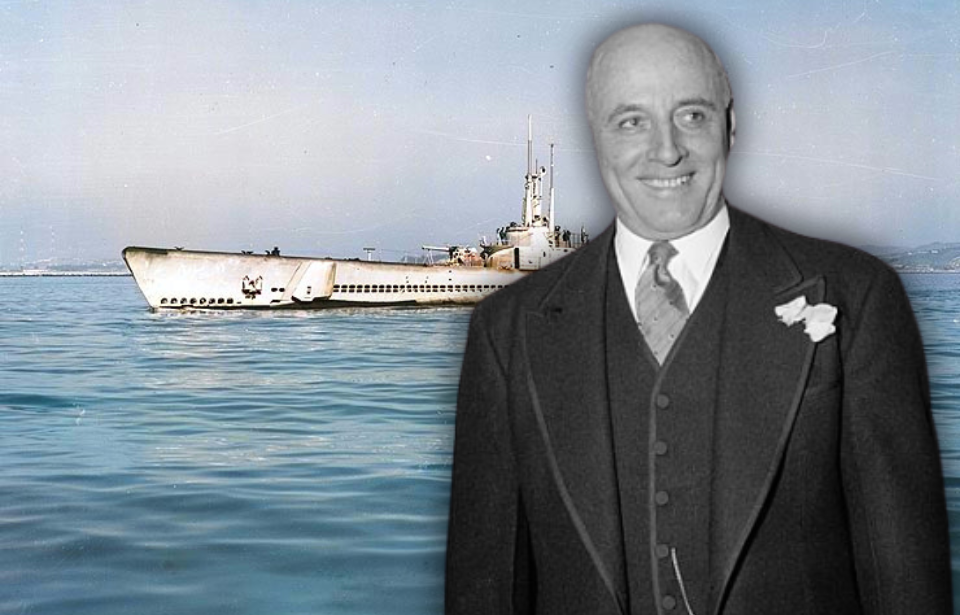May Incident
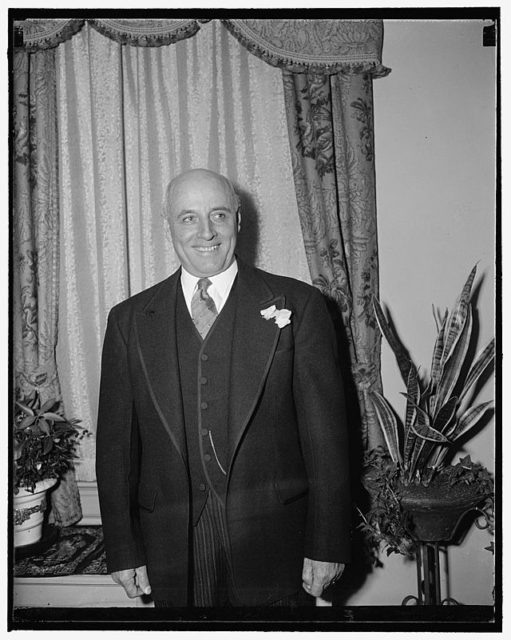
The United States Navy was known for its successes following the country’s entrance into WWII. Despite Japanese attempts to sink their vessels, the Allied forces managed to evade their attacks. This was because, at the time, the Balao-class of submarine could dive to depths of 400 feet, deeper than the Japanese set their depth charges.
June 1943 press conference
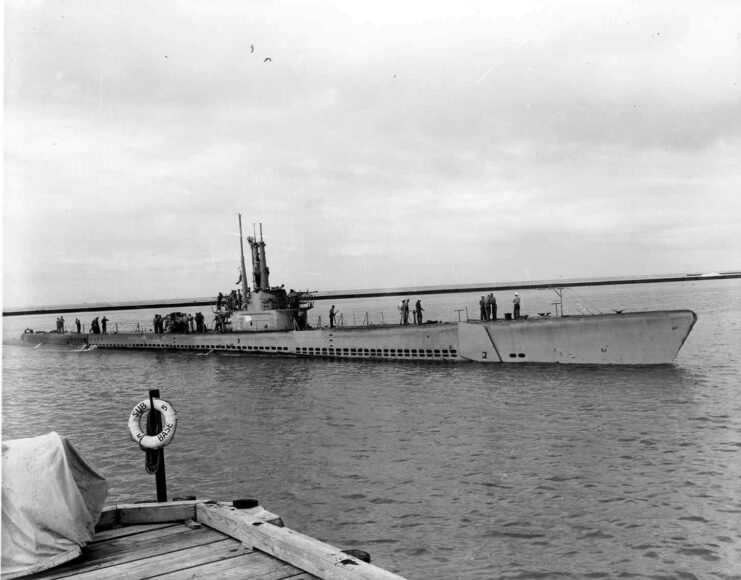
In 1943, Andrew May, the head of the House Military Affairs Committee, embarked on a journey through American military zones in the Pacific Theater, where he gained access to a wealth of confidential war-related data. Upon his return that June, he held a press briefing and disclosed that the impressive survival rates of American submarines were due to Japanese charges detonating at excessively shallow depths.
This information quickly spread through press wires and was featured in publications across the United States.
Fallout of a blabbermouth
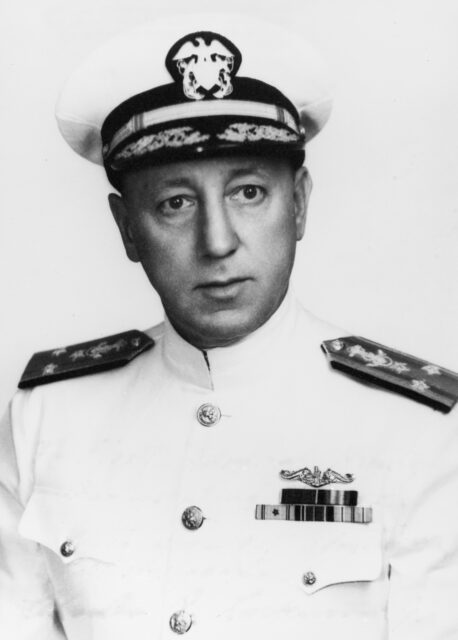
Shortly after this news circulated, the Japanese naval anti-submarine forces modified their depth charges to detonate at deeper levels. This led Vice Admiral Charles A. Lockwood, who oversaw the US submarine fleet in the Pacific, to calculate that May’s breach cost the Navy 10 submarines and approximately 800 crew members’ lives.
“I hear Congressman May said the Jap depth charges are not set deep enough,” he said. “He would be pleased to know that the Japs set them deeper now.”
US Navy’s Pacific Submarine Fleet report
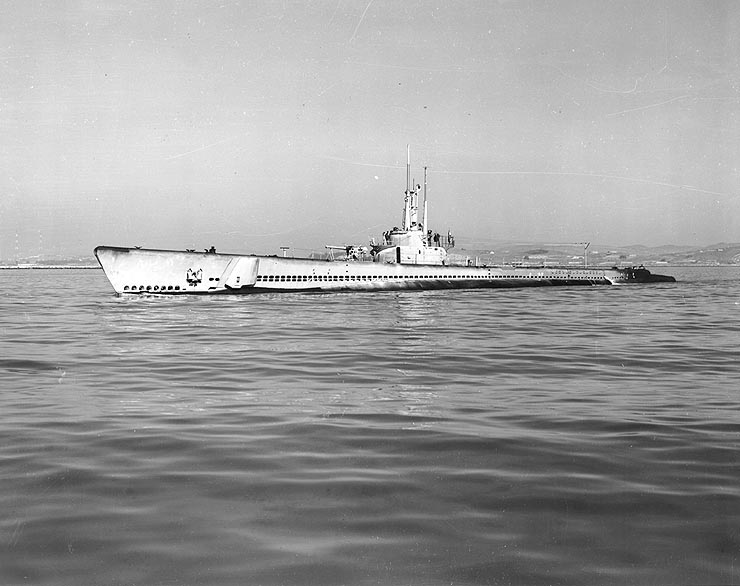
Alleged war profiteering
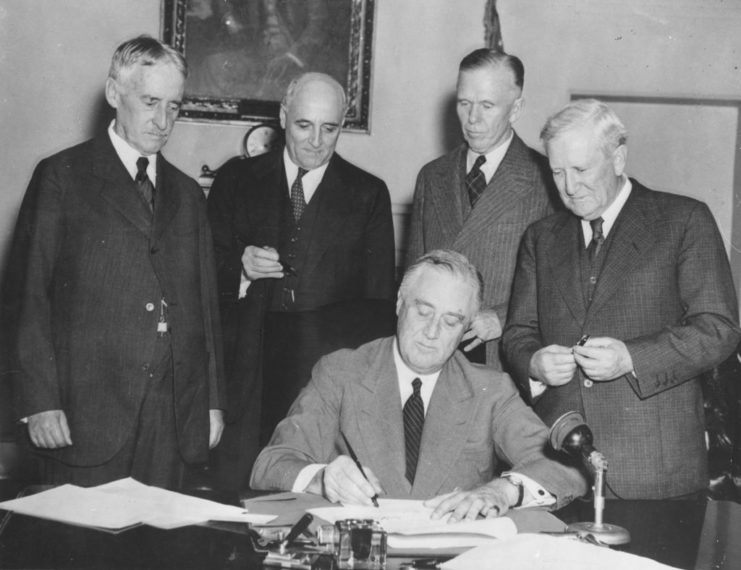
The ill-fated press conference wasn’t the only ding to Andrew May’s career. During the early stages of the war, he became involved with two New York-based businessmen, Henry and Murray Garsson. Despite the pair having no prior arms manufacturing knowledge or experience, they sought to financially gain from the US involvement in the conflict by securing munitions contracts from the government.
On the pair’s behalf, May used his position as chairman of the House Military Affairs Committee to contact Army ordnance and other government officials to obtain war contracts, favors, and draft deferments. For his efforts, he received substantial cash payments, information that was uncovered by a Senate investigating committee following the war.
Defective munitions
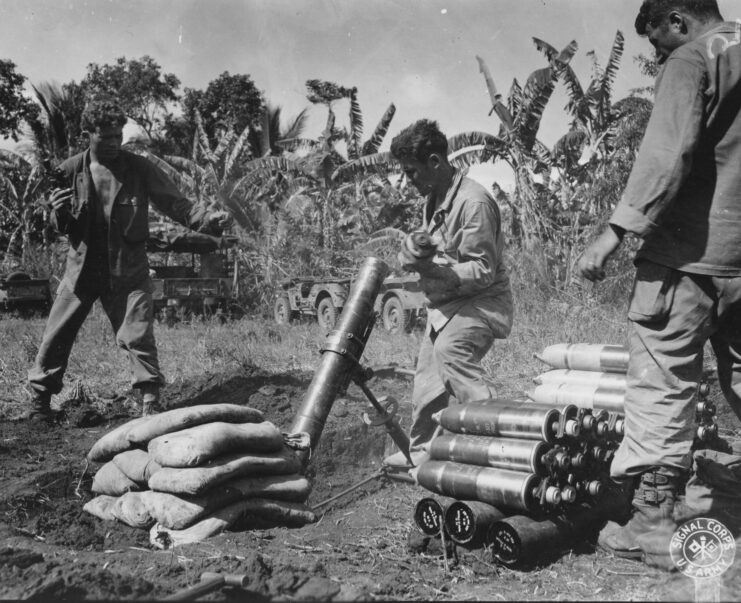
This soon turned into a scandal, which only grew following testimony about the profit-taking of the Garssons’ company and the defects in their munitions. It was found their 4.2-inch mortar shells had defective fuzes, leading to premature detonation. It’s believed this resulted in the death of 38 American servicemen.
Paying for his actions… Maybe?
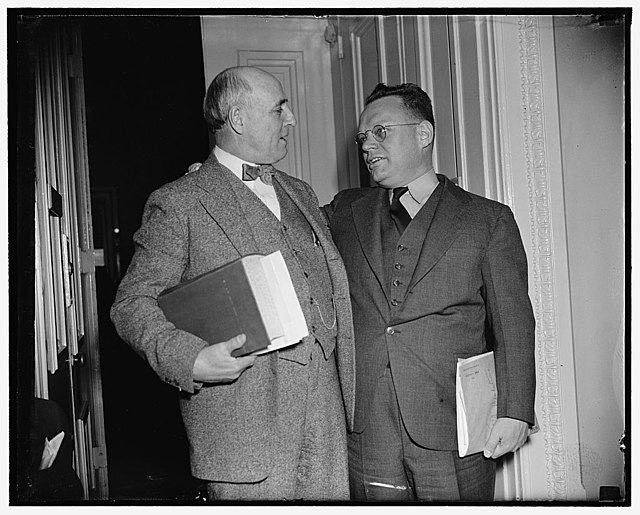
The repercussions of Andrew May’s wartime mistakes extended to his loss in the 1946 election. He was also tried and convicted on federal bribery charges on July 3, 1947, after less than two hours of jury deliberations.
Despite attempts to avoid imprisonment, he was ultimately sentenced to nine months in a federal facility. Murray and Henry Garsson also received prison sentences.
Are you a fan of all things ships and submarines? If so, subscribe to our Daily Warships newsletter!
Despite his tarnished reputation, May retained influence within the Democratic Party, which enabled him to secure a full pardon from US President Harry Truman in 1952. However, he was unable to fully revive his political career and, ultimately, returned to Kentucky to practice law until his death.
